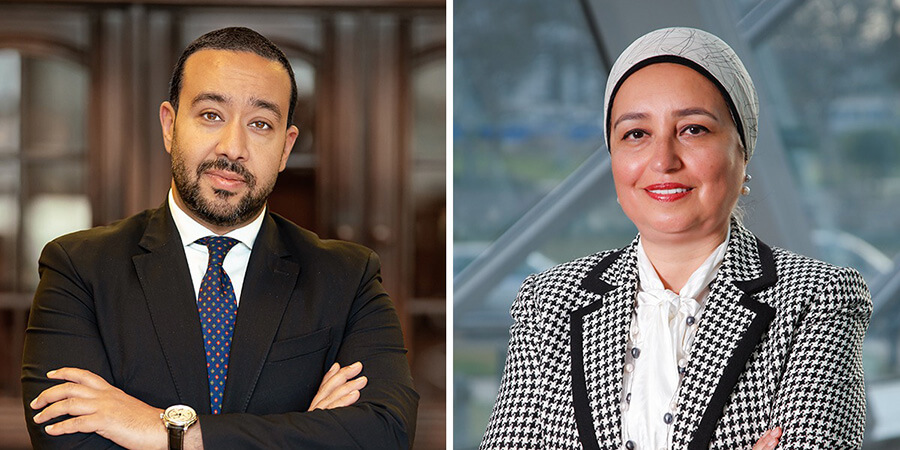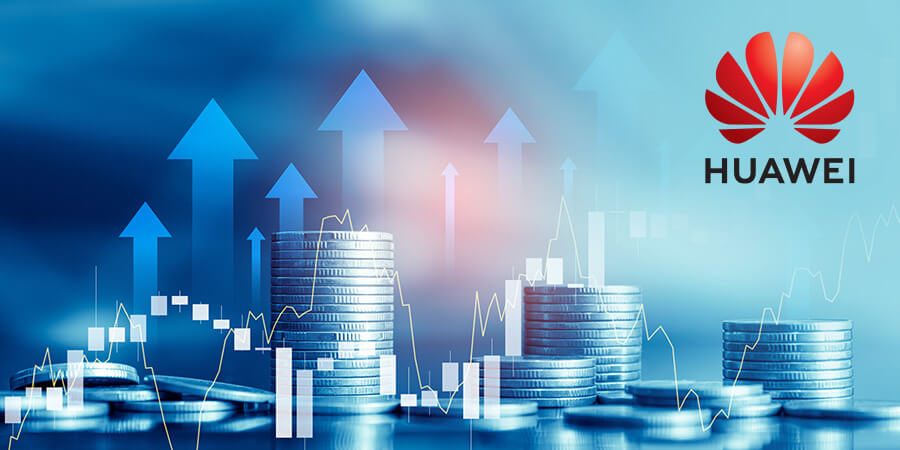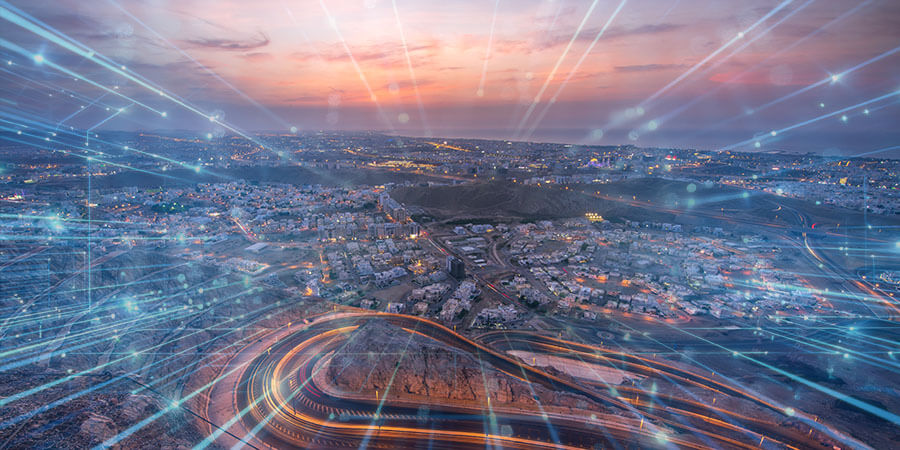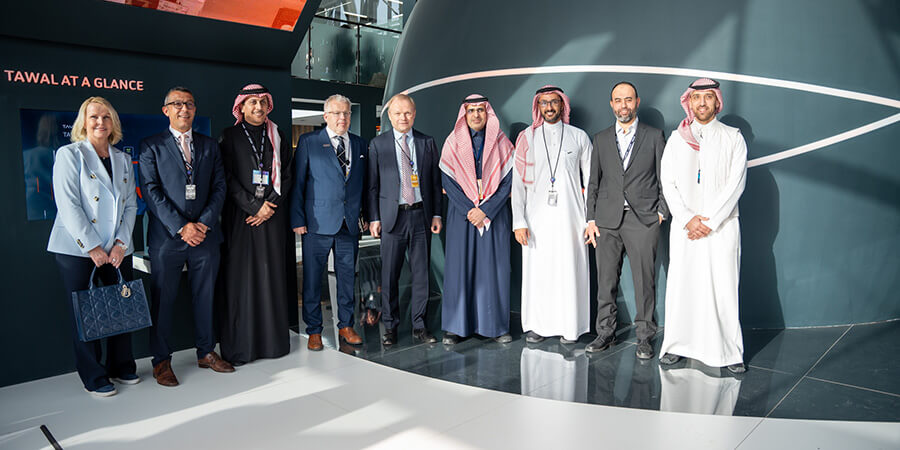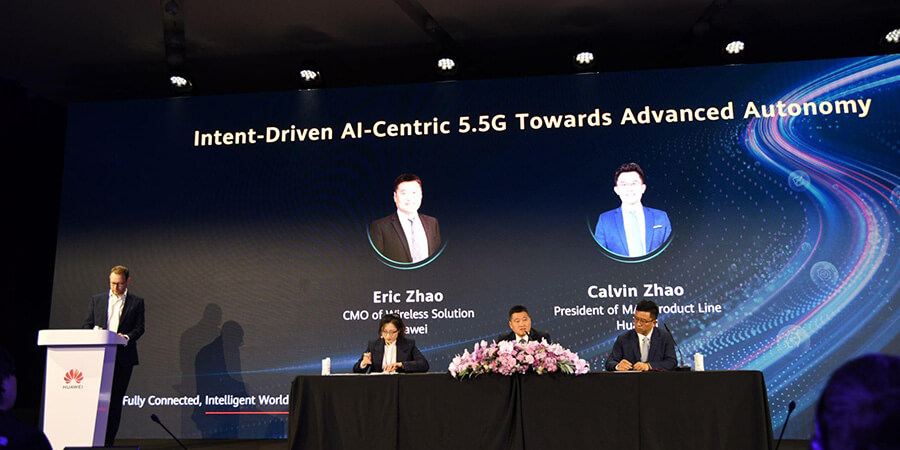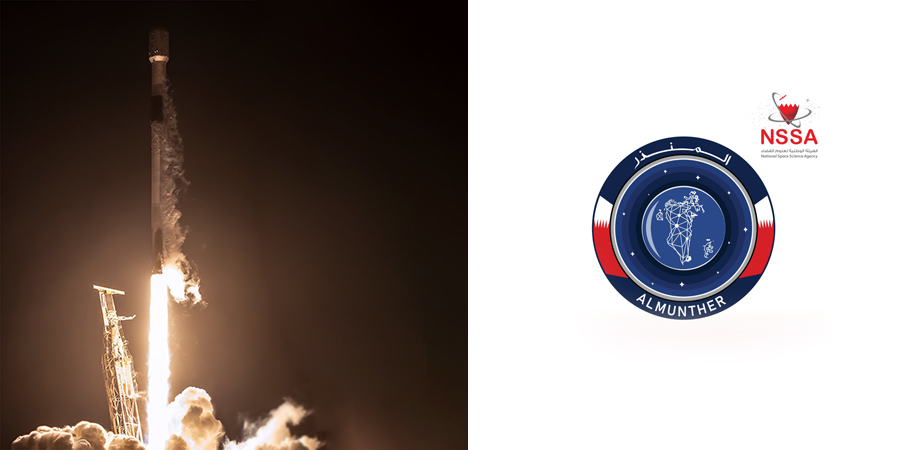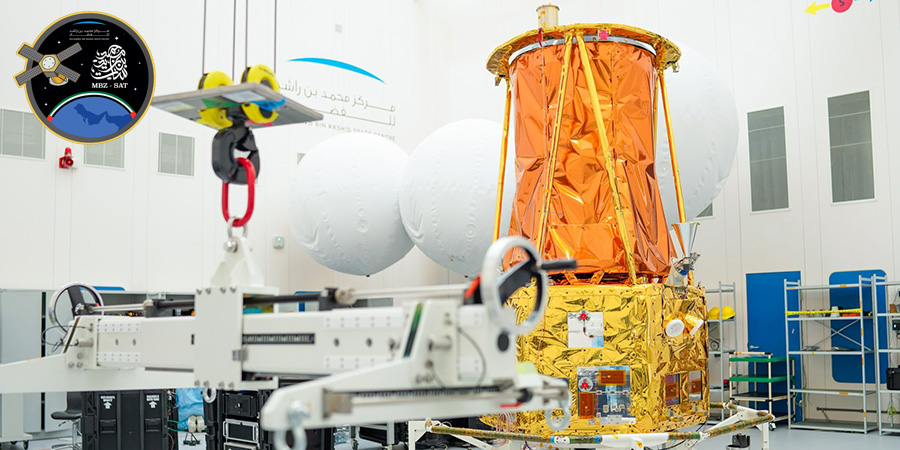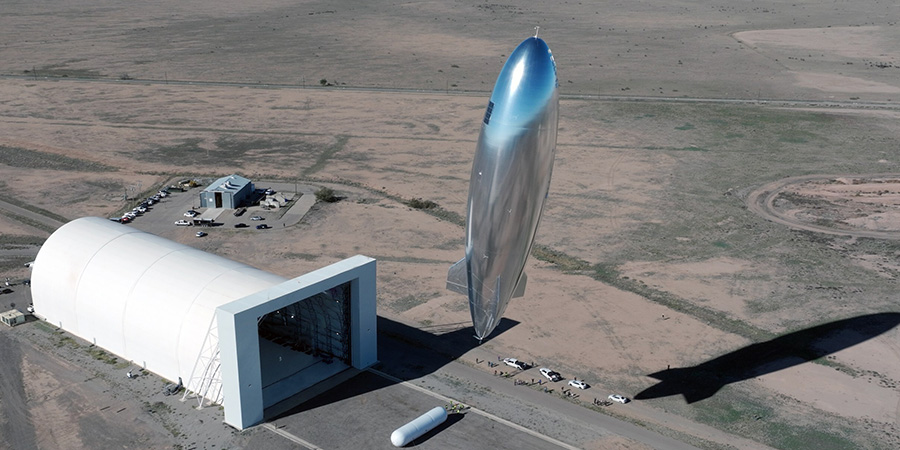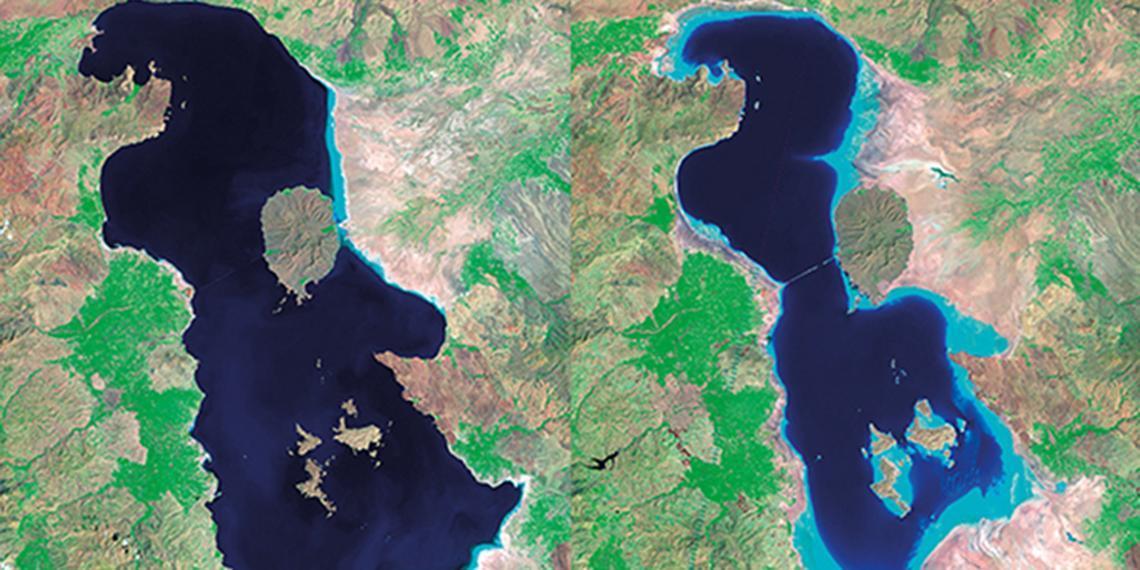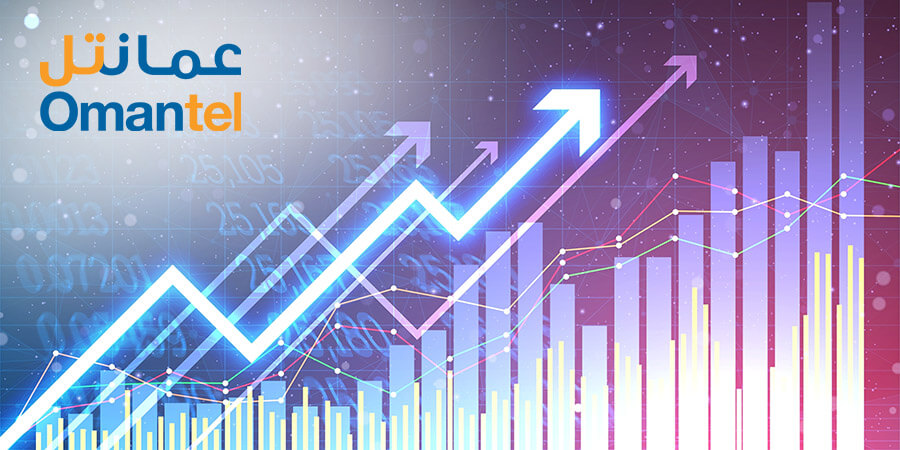Evidence such as rising global temperatures, increased flooding, droughts and storms, all suggest that climate change is upon us. It is widely accepted today that humans are largely to blame for recent climate change, because over the past century, our activities have released large amounts of carbon dioxide and other greenhouse gases into the atmosphere as a result of burning fossil fuels. Greenhouse gases act like a blanket around the earth, thus trapping energy in the atmosphere and warming up the planet. The threat is very real and we need to do something about it. But what can we do? Surprisingly, big data has emerged as a key component to the solution.
NASA's Global Climate Change division released statistics on their webpage that provide an alarming glimpse into just how important it is that we turn the tide on climate change. According to the statistics, Greenland ice loss doubled between 1996 and 2005, and in 2012, Arctic sea ice shrank to the lowest extent on record. Furthermore, nine of the 10 warmest years on record have occurred since 2000, because carbon dioxide levels in the air are at their highest in 650,000 years.
These statistics are disheartening, but it's not too late for a solution. As much as our industrial era can be linked to causing this catastrophe, it might also provide a solution to the problem. Humans have always been resourceful and smart enough to record information in order for others to learn from it. With so many means of recording data today with efficient internet and cloud services, copious amounts of data are being saved and transferred every day all around the world. ""Big data"" is a term that describes the massive volume of data that inundates a business on a day-to-day basis. There is so much data being recorded around the world every day, and the key is figuring out how to make it useful.
The amount of data that is being created and stored on a global scale is almost inconceivable, and it just keeps on growing. SAS reports that in 2012, the amount of information stored worldwide exceeded 2.8 zettabytes (1 ZB =10007 bytes). By 2020, that number is expected to be 50 times what it is today. A video by SAS about big data suggests that data as raw, unorganized facts is in and of itself worthless. But when analyzed, data can be useful for all sorts of things, such as figuring out how to halt the threat of climate change by recognizing detrimental trends that are causing it.
Big data initiatives
Climate change is a very real problem facing our planet, according to Bernard Marr, who writes for Data Informed. According to Marr, big data and analytics are being put to use to uncover new solutions and research methods in the fight against a changing climate.
For quite some time now, climate scientists have been gathering loads of data, and analytics technology has been catching up comparatively fast. These days, cloud, distributed storage and massive amounts of processing power are available and affordable for almost everyone; therefore, the data sets are being put to good use. In addition, the increasing amounts of IoT devices people are using provide more data for analysts to use. The massive amount of social media use has also led to more and more people reporting environmental data which can be analyzed for clues and trends.
Using available big data to study the environment is increasing and being adopted by some of the major technology industry players. Not so long ago, building a simulation of Earth's entire ecosphere would have been impossible - something you would only see in a sci-fi film. But Microsoft, one of the world's largest technology companies, has invested in the concept to become reality.
Microsoft's Madingley project is considered to be one of the most ambitious initiatives to employ big data to study the environment. It is being developed with the intention of creating a ""simulation of all life on Earth."" According to Marr, the system provides a working simulation of the global carbon cycle, which will eventually, hopefully, model in a real-time ""virtual biosphere"" with everything from deforestation, to pollution, to animal migration and even overfishing.
Another useful concept for combating climate change by facilitating analysis of climate and ecological data came from EMC, who have been working with scientists at Acadia National Park in Maine, United States, to develop platforms to bring in crowd-sourced data from citizen science portals like iBird and iNaturalist. With the information, park administrators are able to monitor the impact that climate change has on wildlife populations, as well as plan and implement conservation strategies.
Additionally, in 2014, the United Nations launched its own initiative under its global pulse data analytics initiative, called the Big Data Climate Challenge. The aim of the competition was to promote innovative data-driven climate change projects. Global Forest Watch was one of the first to receive recognition under the program, an initiative which combines satellite imagery, crowd-sourced witness accounts and public data sets to track detrimental deforestation. Evidence suggests that deforestation is one of the leading man-made causes of climate change; therefore, the project has pushed for more ethical businesses to ensure that their supply chain is not ""complicit in deforestation.""
Other initiatives using big data to find ways to solve environmental problems include Google Earth Engine and Opower. Google Earth Engine, run by Google, gathers publicly available satellite imagery for researchers to use to identify environmental damage around the world, in order to fix it. A fitting example of this is Lake Urmia, a massive salt lake in Iran, which in 1984 was typically a deep teal blue color. But within a few years, similar satellite images showed that a green hue was emerging. Then by the time 2012 came around, the lake was evidently turning a phosphorescent streak of brown. The satellite imagery provided a chance for scientists to notice and measure these changes. In addition, Google Earth Engine has also provided Brazilian scientists the opportunity to track deforestation in the Amazon.
Opower, on the other hand, is about using data to change people's behavior in order to implement change. Opower works with utility companies to analyze data on household power usage. With this information, they send out personalized reports informing their customers how much energy they consumed comparing to their neighbors. Since its inception, Opower has reportedly saved almost 6 billion kilowatts of energy, enough to run an entire city of one million for a year. How does this concept work? According to a study by Dr. Robert Cialdini, people will not reduce their power consumption for public good, but rather when they are being compared to others around them. In other words, if your neighbor is saving power, you might feel obliged to do so yourself.
""Behavior nudging helps reduce user consumption and are friendlier than mandatory blackouts,"" said Rick McPhee, head of engineering at Opower.
These projects, all using a variation of methods using big data, make the most of the information we currently have access to (which is a lot), to potentially halt or even, in some cases, reverse the damage that is being done to the environment. Bernard Marr is confident that using big data to counter climate change is the answer: ""After all, the whole point of big data analysis, in climate science or otherwise, is to generate actionable insights that can drive growth or change it."" With the expansion of big data analysis, it's clear that every individual can make a difference when they are able to make decisions based on sophisticated analysis of accurate data.










